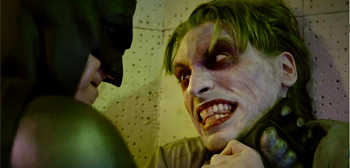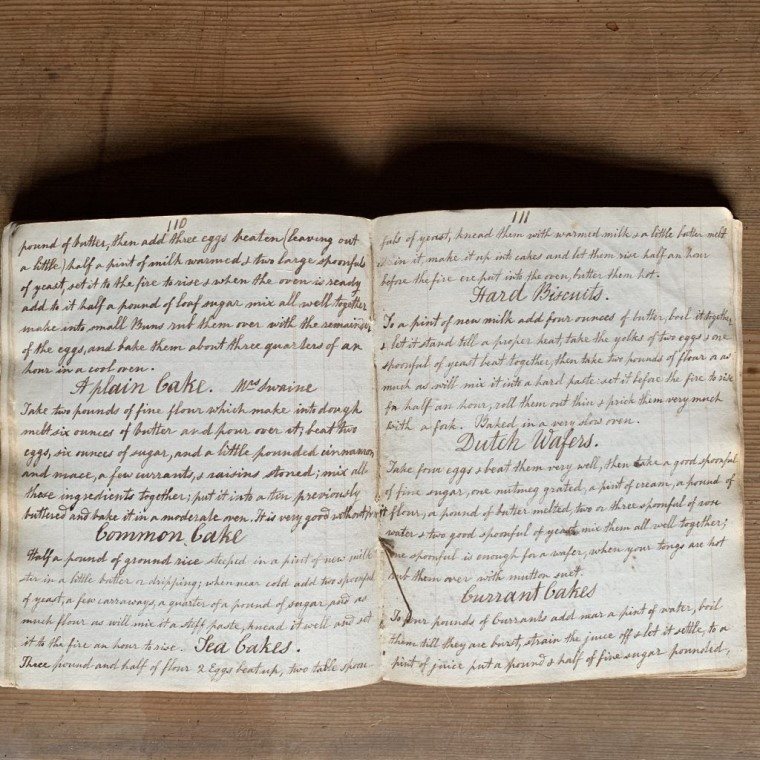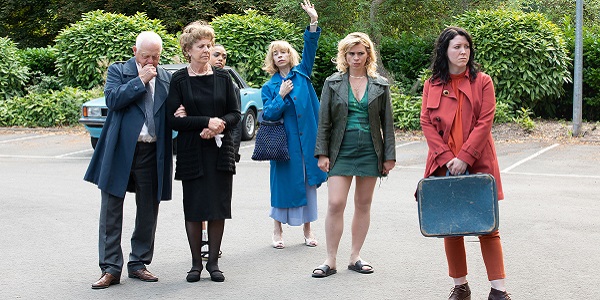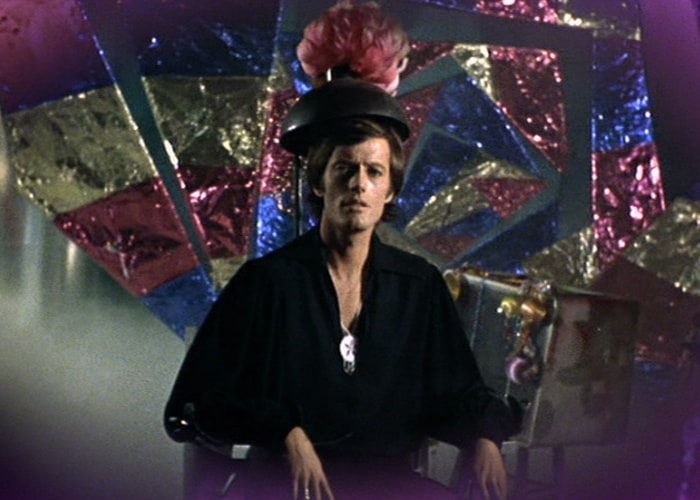Tarantino’s Order: The Original Structure of TRUE ROMANCE
Tony Scott’s American Crime Thriller True Romance was released to strong critical acclaim in 1993. Despite an underwhelming box office performance, the film has since become recognised as one of the greatest Hollywood films of the 1990s.
True Romance consists of the fusion of Tony Scott’s direction, and the screenwriting of Quentin Tarantino. This was the Tennessee-born filmmaker’s first screenplay that was not directed by himself. This film, therefore, gave audiences the first chance to see Tarantino’s writing cinematised by another director.
Interestingly, it is this combination of Scott’s direction and Tarantino’s writing that makes the film the recognisable story that we know today. One of the few things that didn’t make it from script to screen was the original narrative structure. Famous for his non-linear plot organisation, Tarantino’s screenplay was re-ordered by the director. This original structure was changed, as Scott preferred a more conventional, linear plot.
Screen Structure
The plot that made it to the screen version of True Romance starts with Clarence and Alabama, the protagonists, meeting in a cinema. They go out for a post-film pie, and within a few days, they get married. Following this, Clarence murders Drexl, inadvertently stealing his drugs in his briefcase.
After this, they travel to his see Clarence’s father (Clifford). He offers them the money they need to travel to Los Angeles, to escape any criminal investigation. However, a few hours after they leave, Clifford is greeted by Vincenzo Coccotti, who interrogates the ex-police officer about his son’s disappearance on behalf of the mobster named Blue Lou Boyle.

This is followed by Clarence taking Alabama to visit his best friend, Dick Ritchie, who he asks to help him sell the drugs. After agreeing, the three meet a possible seller, before being caught by the mobsters who tracked down Clarence’s father.
The result of this is a set-piece shootout ending that epitomises the kind of extreme chaos and violence for which Tarantino has become renowned.
True Romance’s structure, therefore, works as a linear story. It follows Clarence as he progresses through his life, meeting Clarence, killing Drexl, going on the run, trying to sell the drugs, and ending up in a shootout. The story has a clearly definable start, middle, and end, working as a simple cause and effect three-act narrative. However, this is not the way that the film’s writer originally wanted it to be.
Tarantino’s Order
When the film was written, the story was structured in a much less linear order. The opening scene remained the same but served more as a prologue to introduce us to Clarence. This scene is then followed by Clarence and Alabama arriving at his father’s house to ask for money. Therefore, the film essentially begins in act two. We then learn that Coccotti is hunting the couple down, this is much earlier in Tarantino’s structure, and so is Clarence’s meeting with his friend Dick Ritchie.
Act Two then finishes and we return to the beginning of the plot. Clarence meets Alabama in the cinema, they get married, Clarence kills Drexl and steals his drugs by mistake. They then make the decision to flee and at this point, the film’s structure pushes forward to the final act. The ending sequences of the film were written in the same order as the film’s director placed them.
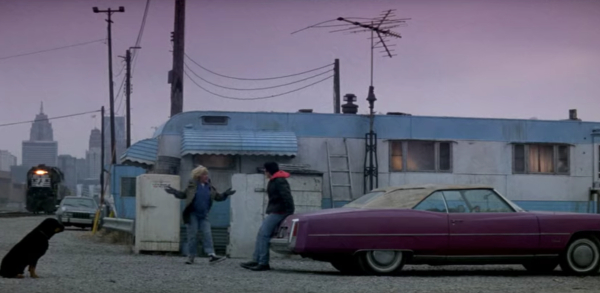
The shift in the order from a linear narrative that follows the story of Clarence and Alabama to a typical Tarantino non-linear essentially switches around the first and second acts. In Tony Scott’s order, the film is in its natural temporal structure. In Tarantino’s screenplay, however, the second act works as an ambiguous introduction to the narrative, with the first act following.
Keeping the Audience in the Dark
The repositioning of various different key sequences from the beginning and middle of the film would significantly change how the audience responds to True Romance. Firstly, Tarantino has described in various interviews that his structure works as a challenge to the audience’s expectations of plot understanding.
In his first act, the audience knows nothing of Clarence and Alabama’s background. The viewer does not know how they got into the position they are in with Drexl’s stolen drugs. We do not know how they met, and we are not sure how the story began. Tarantino explains that this means in his act one, the audience knows less than everyone in the film’s plot about the events (other than Clarence’s father).
However, act two then serves as a chance for the audience to fill in the gaps, finding out what happened with Drexl, and seeing Clarence and Alabama meet in the cinema. This then means that the audience finishes the second act learning about what has happened in the past. Therefore, the audience goes into the final act of the film knowing more than the characters. We know what happened with the drugs, we know they are being pursued, and we know that Elliot is working with the police. Therefore, the third act starts off with the audience in a position in which they have just learned everything they need to know to watch the film’s dramatic and violent final sequences.
Tarantino and Ambiguous Characters
The shift in the order of the scenes in which we are introduced to Clarence and Alabama means that for the first act of Tarantino’s order, we have no real connection to the film’s protagonists. They are not characters that we have been properly introduced to. We have no backstory, and we have not yet learned how they met.
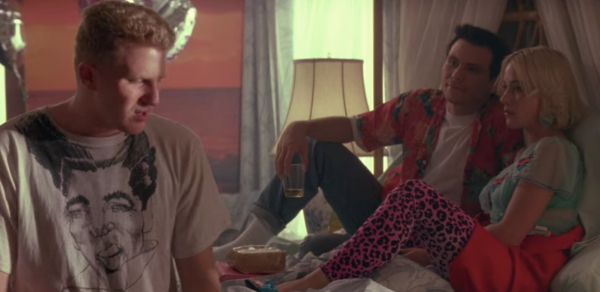
This means that when we hear their recollection of events being told to Clarence’s father, we do not have any reason to believe what they are saying. This is further complicated when the mobsters turn up and Coccotti tells the story from what he has been told. In this version of events, Clarence is an opportunist who sought out the drug deal and murdered Drexl to steal from him.
As this is the first clear explanation of what has happened, it is likely that the audience may believe that this is what really happened. This, therefore, questions the morality of Clarence and Alabama, who have been introduced to us as criminals. With no connection to them as characters, we initially do not have any reason to root for them as Tarantino’s first act commences. However, we then learn that they are not the evil characters that Christopher Walken’s mobster character explained.
Characters being morally ambiguous until late into a film’s plot is something of a Tarantino trope. We do not learn who the cop is in Reservoir Dogs until further into the film. We really do not have much understanding of who the characters are in The Hateful Eight, and in Kill Bill: Volume 1 we learn the tortuous past of the Bride as the film progresses.
Therefore, Tarantino has a history of keeping the morality and true intentions of characters hidden from the audience. Many of his narratives do not introduce us to the characters early on, revealing their backstory in the second or third act. Once again, the writer keeps the audience questioning things, and does not hand the viewer a clear character to identify with. This style of characterisation creates a sense of mystery that works well within Tarantino’s cinema and changes the straightforward tortured love story of Clarence and Alabama into a complicated story of deception and ambiguity for the audience.
Event Becomes the Incitement
The change in the opening scenes also changes the film’s inciting incident. In Scott’s film, the inciting incident is the meeting of Clarence and Alabama, which launches the romance, and leads to the chaotic events that follow as they try to escape together.

However, Tarantino’s screenplay doesn’t show this until midway through the film, instead of opening with the scene with Clarence’s father. This means that the romance between the film’s two main characters is no longer the event that kicks off the story. Instead, it is the stealing of Drexl’s money. In Tarantino’s story, this crime is what begins the journey of Clarence and Alabama, and it is the first thing we truly learn about them as a couple.
This transforms the structure of the film from a romantic tale of a couple struggling through unlikely challenges, to a film about a couple trying to get away with a perceived immoral act. Although this seems like a small change, it shifts the audience’s relationship with the protagonists a fair amount. We don’t see them initially as a couple, who have recently met and got married, and that are trying to make a better life for themselves, we see them from the outset as ‘the couple that just stole money’. This instantly places more importance on the crime, than on the story of their romance.
Summary
Overall, by analysing the two different ways that True Romance could’ve been structured, we can clearly see the stylistic differences between the two filmmakers. Tarantino’s non-linear, unconventional crime thriller with ambiguous characters would’ve made for a vastly contrasting viewing experience than Scott’s doomed and chaotic love story.
Which order do you prefer? Let us know in the comments below!
Watch True Romance
Does content like this matter to you?
Become a Member and support film journalism. Unlock access to all of Film Inquiry`s great articles. Join a community of like-minded readers who are passionate about cinema – get access to our private members Network, give back to independent filmmakers, and more.
Join now!
